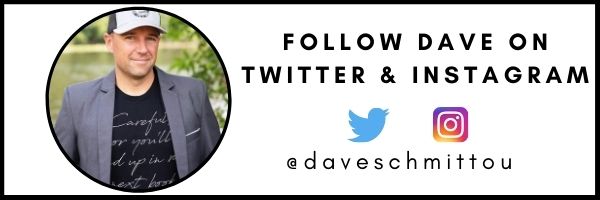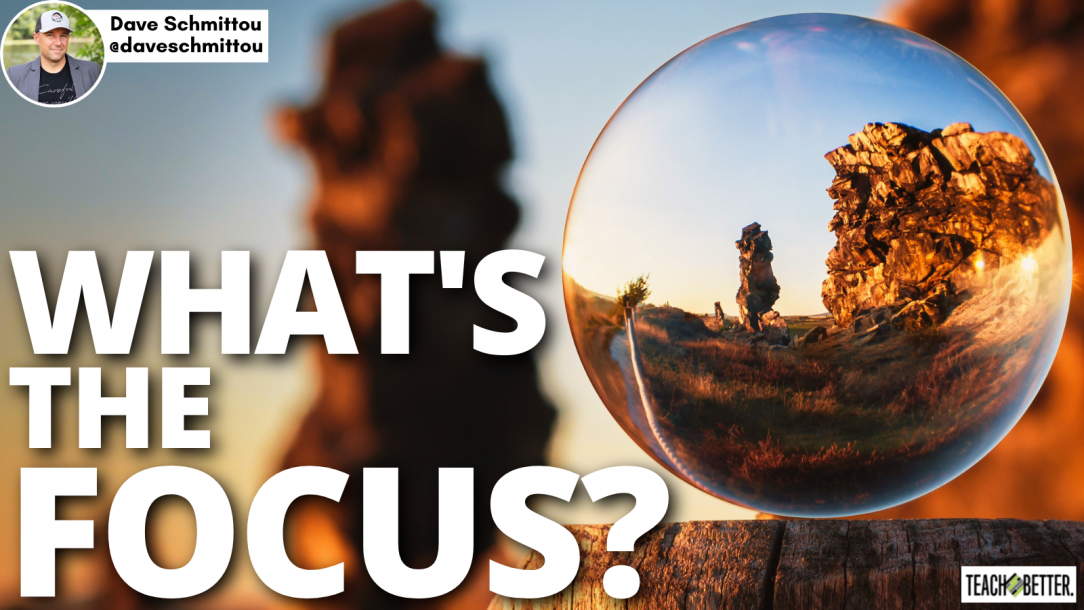TL;DR:
- Every school is different and has its own goals.
- We should be following research, but how do we sift through it to find what will help us meet our goals?
- Identify your values, focus on your strengths, and determine what will motivate the change.
Different Schools, Different Goals
I have an amazing job. I get the opportunity to travel the world and help educators learn, grow, and achieve their goals. I’ve worked with amazing schools, incredible teachers, and some rockstar leaders. I have logged hundreds of thousands of airline miles, rented more rental cars than I care to remember, and been in countless schools. Yet, what continues to fascinate me is just how different each school and community are. Each school, each classroom, and each learning opportunity is unique. Each has its own culture and climate and often, each has its own goals. As a result, each brings forth unique plans and practices to try and achieve those goals.
Changes only happen when we couple our abilities with our motivations. Click To TweetFollow the Research
I am a big believer in implementing Best Practices. We should rely on the research and lean into what scholarship tells us works. So why do we all focus on different things?
Piaget, Maslow, Bloom, Webb, Hess, Hattie, Marzano, DuFour…
Each of these amazing educators contributed to our collective understanding of how learning happens. Each of these scholars conducted research and articulated their findings in academic journals. Yet, each has a slightly nuanced approach to what works “best.” How do we decide what to follow and whose words to subscribe to?
Drinking Out of a Firehose
We now live in an age where there are 1.7 million books published each year. There are more than 2 million podcasts available for download. There are an estimated 7 million blog posts published each day, including this one. It seems as if sharing ideas has become a commodity, available to anyone and everyone. Simply finding a book, a blog, or a podcast that has been published is no longer good enough to determine what is best. Somehow we have to learn to sift through the noise and find the value.
Values
It starts with identifying your values. What is your purpose and what are your goals?
Recently, I put the following poll up on my Twitter account:
“You’re a parent working to prepare your kid for life as a successful adult. If you had to choose one, which of the following awards given to your kid would give you the most affirmation that you are on the right track?”
After being shared with 12,100 people, the results were:
- Captain of a sports team – 40%
- Employee of the Month – 50%
- Honor Roll – 10%
Purpose of School
If you determine that the purpose of your school is to equip students with employability skills, then the initiatives and practices put in place this year should focus on the so-called “soft skills.”
If you determine the goal of school is to equip students with academic content knowledge, then the initiatives and practices put in place should focus on pedagogical enhancement.
If you determine the goal of school should be to create leaders and self-efficacy, then the initiatives and practices put in place should focus on social-emotional strength.
[scroll down to keep reading]Narrow Your Focus
Once you have clarified the purpose of the education you provide, you can then begin to narrow your focus. Too often we highlight our perceived weaknesses with the goal of bringing them to average, but learning and growth actually happen when we build upon identified strengths and passions. Your next step in the process is to research yourself.
What are your gifts?
What are your passions?
What are your curiosities?
What makes you click?
Remember, research can be quantitative or qualitative. A self-study is still research. Identifying what you do well, articulating it, then working to amplify it is a research-based practice.
Motivation
The next step is working to identify what you have the motivation to do. Changes only happen when we couple our abilities with our motivations. You know what you want to work on. You know what you have the skills to work on. What are you actually motivated to work on?
Just because someone wrote an article about it doesn’t mean it’s best for you. Just because you heard a podcast about it doesn’t mean it’s a fit for you. And just because you read a book about it doesn’t mean you are expected to copy their recipe and apply it as your own.
Action
About Dave Schmittou
In education for more than 2 decades, Dave has earned a reputation for being a disruptor of the status quo, an innovator, and a change agent. Having served as a classroom teacher, school-based administrator, central office director, and now professor of Educational Leadership, he often uses real-life stories and examples of his own life and career to describe why and how we need to confront “the way we have always done it.”
He has written multiple books, including “It’s Like Riding a Bike: How to make learning last a lifetime,” “Bold Humility,”, and “Making Assessment Work for Educators Who Hate Data but Love Kids.” He speaks, consults, and partners with districts around the country and loves to keep learning and growing.




